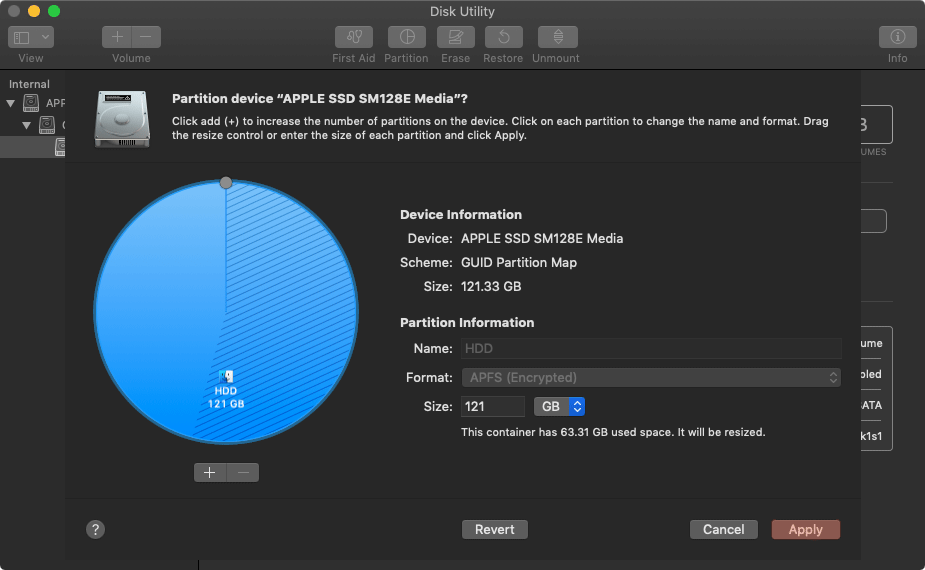- The -ownhfs device-fileoption is a macOS-specific option that causes rEFInd to install itself to an HFS+ volume that you specify by device filename, as in./refind-install -ownhfs /dev/disk2s4.
- The rEFInd partition doesn’t need to be large (50 MB will be enough); it must use the HFS+ (Mac OS Extended) file system. To create it, you have three options: From macOS, by shrinking the macOS partition: open Disk Utility, choose your drive, select Partition, add a new partition, set its size and file system (in that order!).
If this is a Mac, then I should install rEFInd from MacOS Since my disc containing MacOSX was failing and this was to be its replacement, I simply ignored these warnings and carried on with the installation. REFInd was nicely installed in /EFI/refind/ on the UEFI partition (sdX1, mounted on /boot/temp-efi, so in my case in /boot/temp-efi/EFI. Note: 1) Better install rEFInd on EFI partition, since around 200 MB of unused disk space is sitting idle there. Also use “ bootx64.efi ” file, which makes things a lot easier for Mac machine’s Startup Manager. 2) For Windows or Linux installation, check rEFInd installation document page. 3) Copy a desired.icns file from “ EFI - boot. I decided to reformat my SSD and reinstall macOS, then install Windows 7 using bootcamp and my internal disc drive. After I was able upgrade to Windows 10 successfully. No more EFI boot entry.

So I’ve installed Ubuntu on the metal of my MacBook Pro Retina (13 inch, ifyou must know) and in order to dual-boot the machine, I use the rEFInd BootManager.
It works really well and was simple to configure, but I found that afterupgrading to Yosemite (10.10), Mac OS X became the default boot OS, whereasrEFInd was booting by default originally.
Originally, this was fine, I dealt with just holding the Option key downduring boot to bring up the Startup Manager and selecting EFI Boot inorder to get into Linux. I wasn’t restarting the computer that much anyway.But like most things, eventually, it irked me enough that I set out to fix it.
Macos Find Uid
Normally, in OS X, to change the boot drive, you’d use System Preferences andchange your Startup Disk but in this case, you won’t see your EFI partitionavailable to be selected. Likewise, even if you go ahead and follow rEFInd’smethod for mounting the EFI partition, you’ll find that it’s not selectable asa Startup Disk. Or, even if you can, selecting it and restarting makes no difference.

So, what’s a guy to do? Turns out you can hold the Control key downprior to clicking onto a volume/device in the Startup Manager to set thatvolume as the boot default! So, I held down Control, clicked EFI Bootand that’s that.
Refind Macos Preboot
This worked for me on my 2011-era Mac, now running OS X 10.10, but since thisoption isn’t officially documented anywhere that I can see, it could go awayat any time. Try it and add a comment below with your results.
Thanks to Macworld for the solution!
Macos Find My
As a side note, it’s interesting to see the UI for Mac OS has barely changedin decades for selecting a Startup Disk.
Go Top